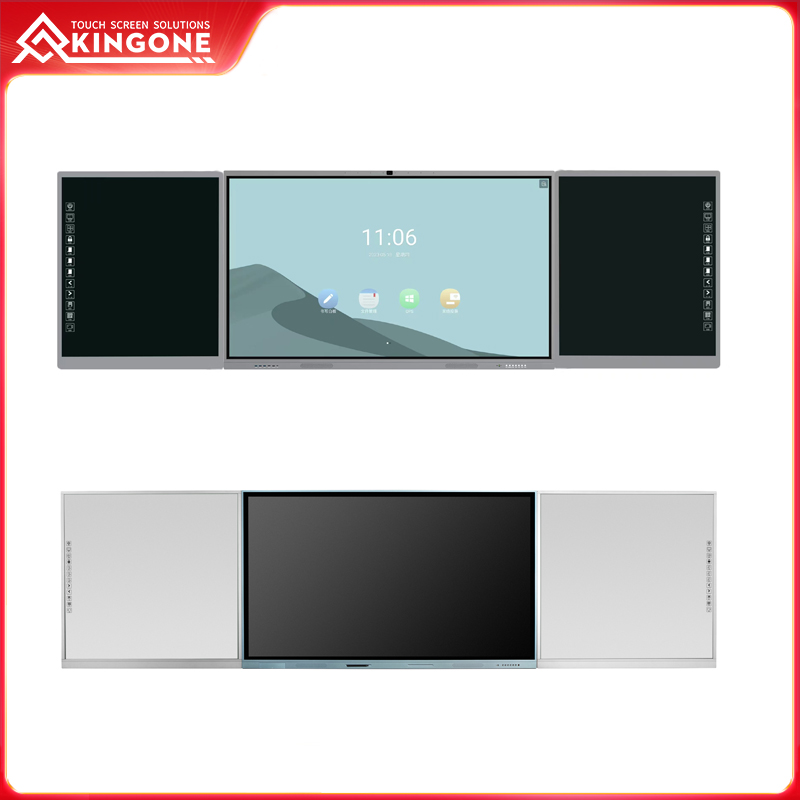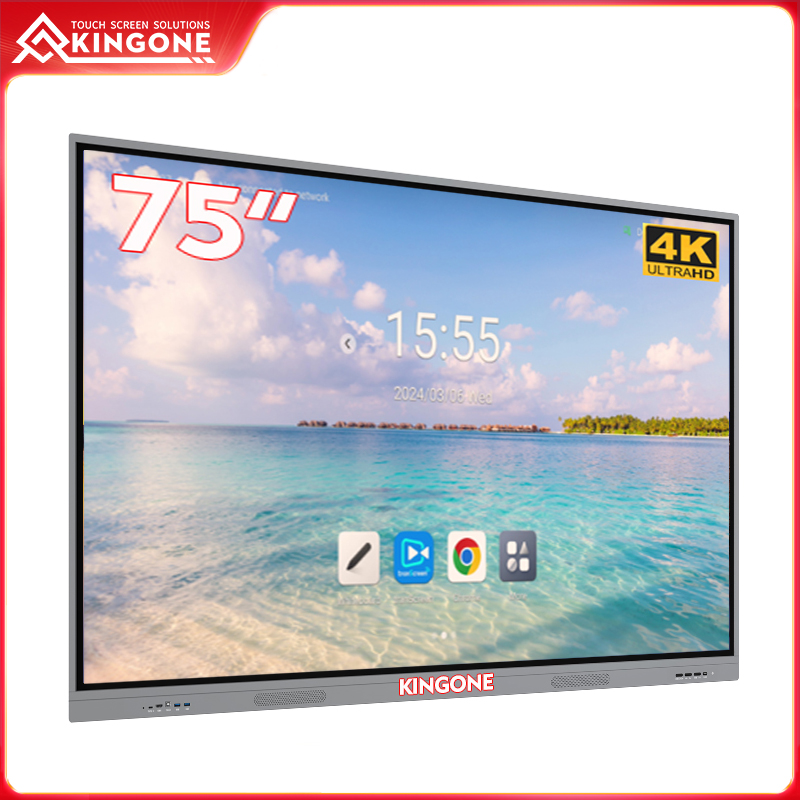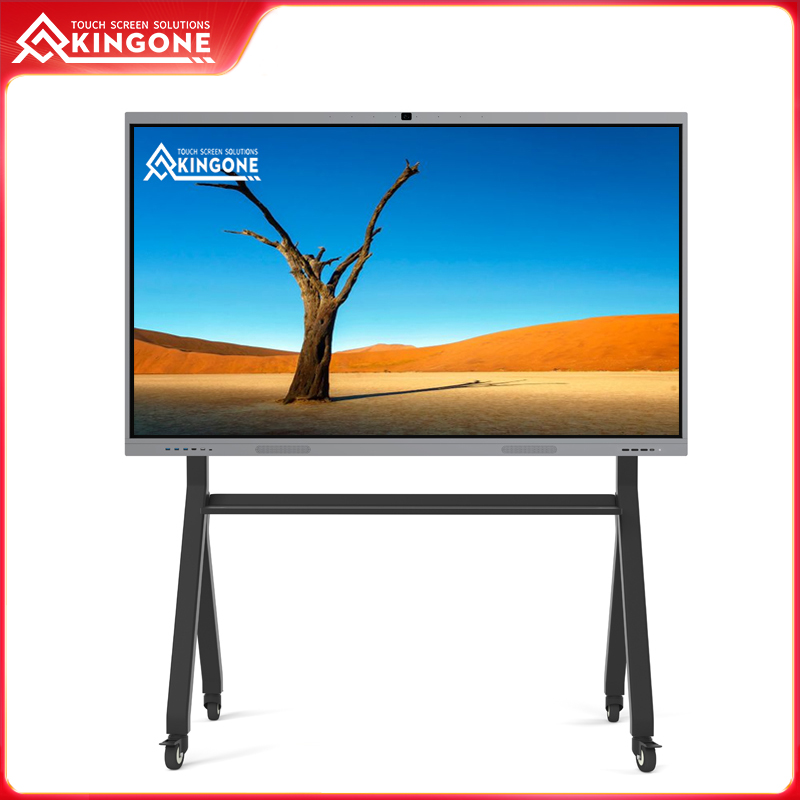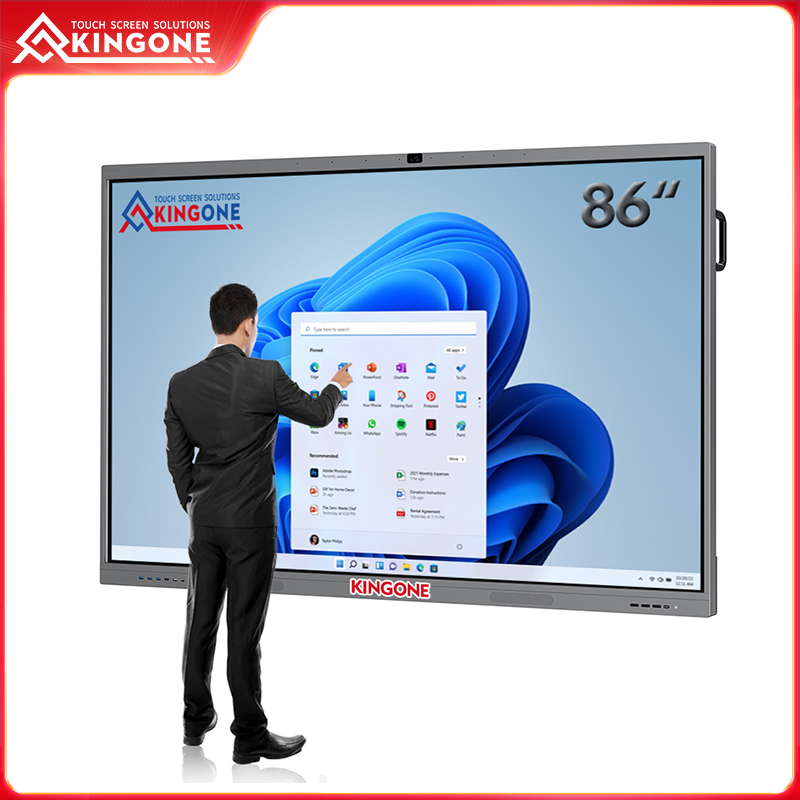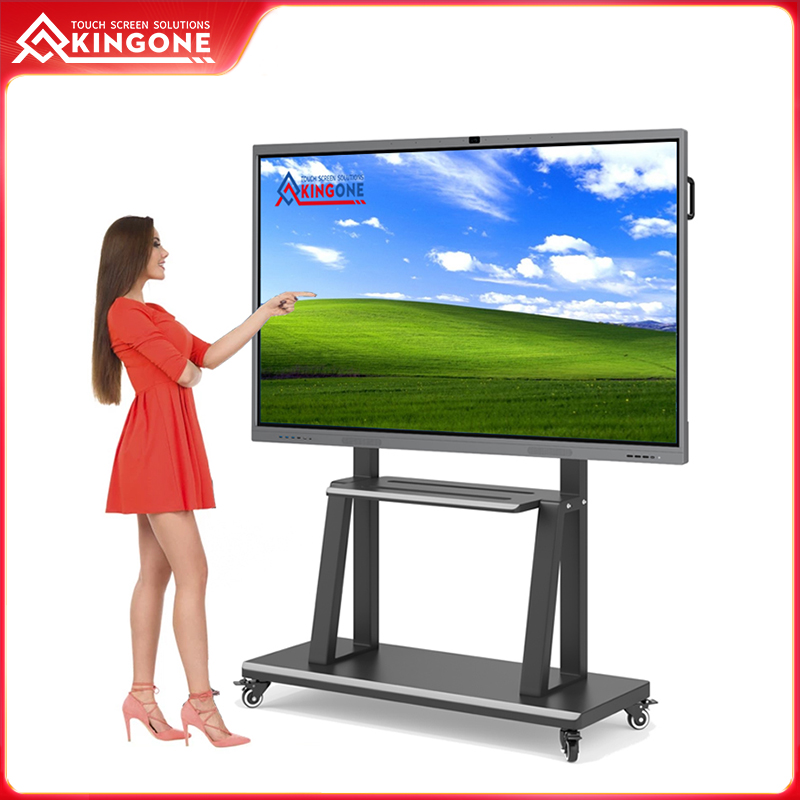How does a touch screen monitor work?
Published:
2023-10-16 10:29:01
Touch screen monitors have revolutionized the way we interact with electronic devices and have become an integral part of our daily lives.
Touch screen monitors have revolutionized the way we interact with electronic devices and have become an integral part of our daily lives. These monitors utilize innovative technologies to function seamlessly and provide users with a smooth and convenient operating experience.
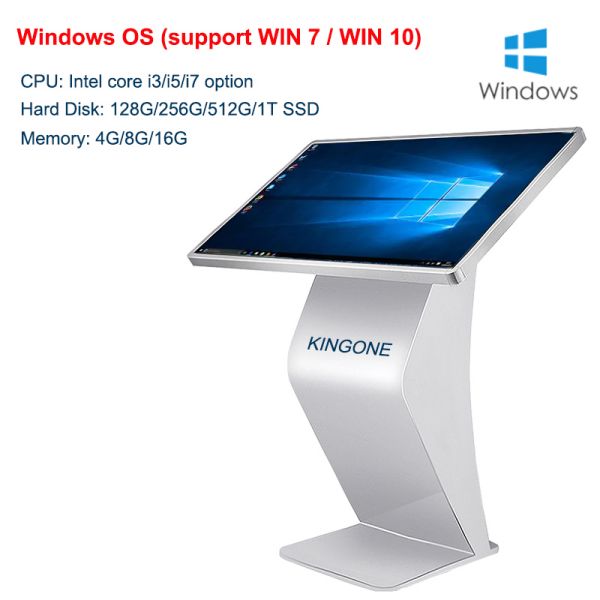
1. Capacitive Touch Screen Technology
One of the most commonly used technologies in touch screen monitors is capacitive touch. Capacitive touch screens consist of multiple layers, including a glass panel coated with a conductive material.When you touch the screen with your finger or a stylus, an electrical charge is transferred to the point of contact, creating a voltage drop. This change in voltage is detected by the touch controller, which determines the coordinates of the touch point.
2. Resistive Touch Screen Technology
Another popular technology used in touch screen monitors is resistive touch. Unlike capacitive touch screens, resistive touch screens are made up of several layers with a non-conductive material, such as polyester, separating them.When you press the screen, the layers come into contact, completing a circuit at the touch point. This change in resistance is measured by the touch controller, which calculates the exact position of the touch.
3. Infrared Touch Screen Technology
Infrared touch screens use a frame around the display that emits infrared light beams across the screen's surface. When you touch the screen, the interruption in the infrared beams is detected by sensors placed on the opposite side of the frame.The position of the touch is determined by analyzing the data collected from the sensors. Infrared touch screens are known for their high accuracy and durability, making them widely used in various applications.
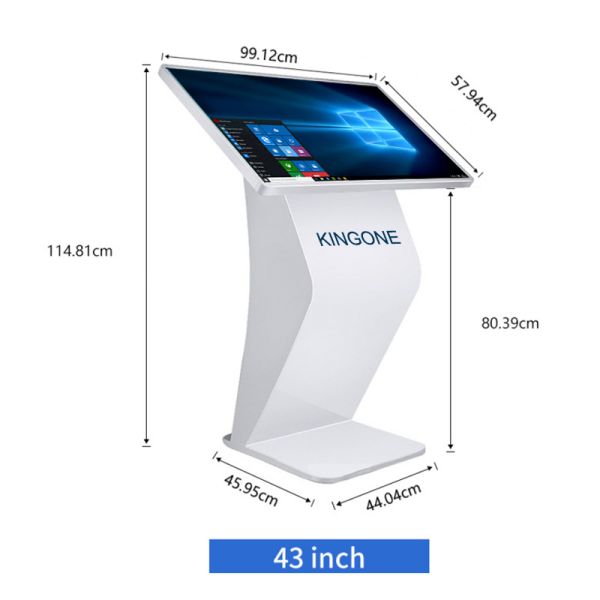
4. Surface Acoustic Wave (SAW) Touch Screen Technology
SAW touch screens consist of a glass overlay with transducers along the edges of the screen. These transducers emit ultrasonic waves across the surface, which are converted into electrical signals when you touch the screen.The touch controller analyzes the signals received by the transducers to determine the touch position. SAW touch screens provide excellent clarity and offer multi-touch capabilities.
5. Optical Touch Screen Technology
Optical touch screens use infrared cameras or image sensors to detect touches on the screen. This technology relies on the interruption of light beams projected across the surface.When you touch the screen, the touch controller identifies the interruption and calculates the touch coordinates. Optical touch screens are known for their high accuracy, responsiveness, and ability to support multiple touch points simultaneously.
6. Summary and Advancements in Touch Screen Technology
Touch screen monitors revolutionize the way we interact with computers, smartphones, and other electronic devices. Whether using capacitive, resistive, infrared, surface acoustic wave, or optical technology, these monitors enable intuitive navigation and seamless operation.With recent advancements in touch screen technology, such as the introduction of in-display fingerprint sensors, haptic feedback, and bezel-less designs, touch screen monitors continue to evolve and enhance the user experience.
Conclusion
In conclusion, touch screen monitors function through various technologies, including capacitive, resistive, infrared, surface acoustic wave, and optical. These technologies enable precise touch detection, allowing us to interact effortlessly with electronic devices. As technology advances, touch screen monitors are expected to become even more versatile and intuitive, transforming the way we interact with technology.
 English
English

